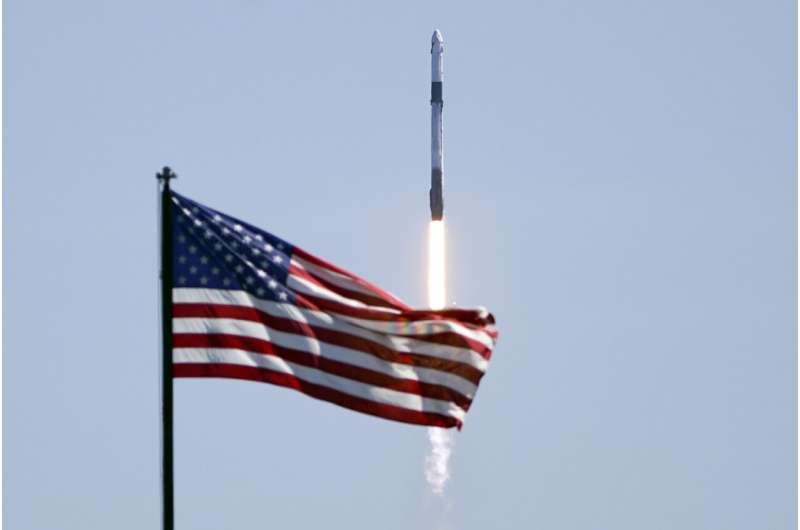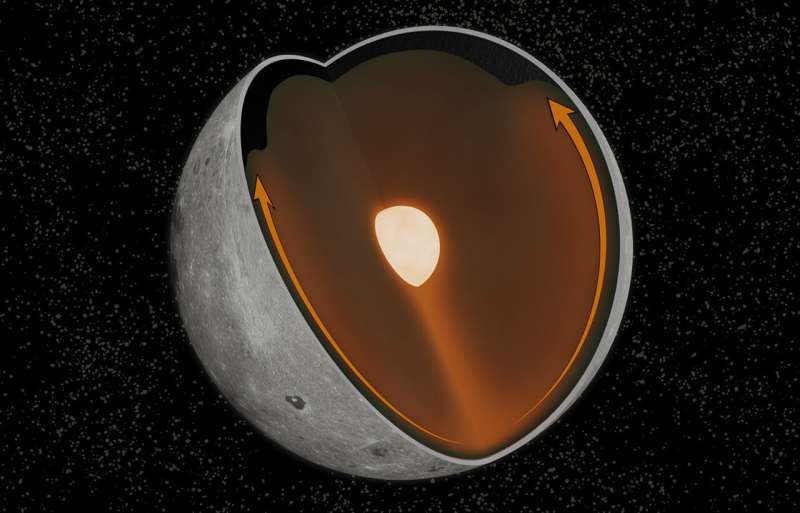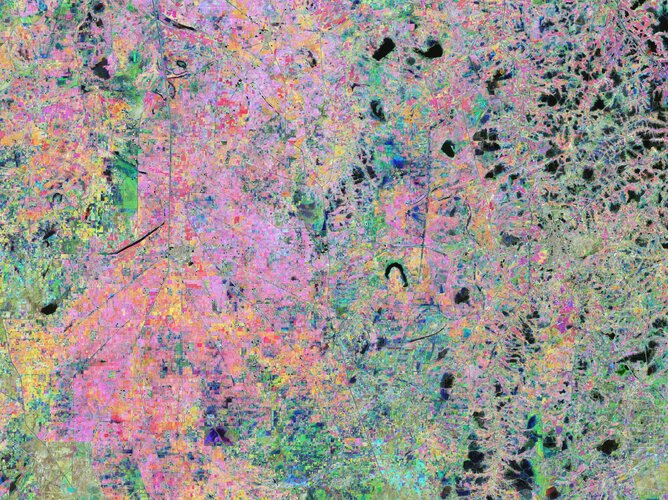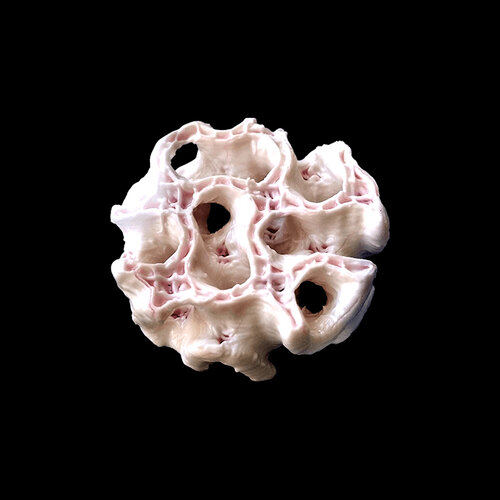
Copernical Team
Mission design of an aperture-synthetic interferometer system for space-based exoplanet exploration

The search for extraterrestrial life and exploration of "another Earth" is an eternal theme for humans and inspires generations of planetary scientists. It not only improves our understanding of the formation and evolution of planets during the formation of a star system but also helps scientists to investigate the possible conditions and criteria of the existence of life. In the past 30 years, scientists have discovered more than 4,000 exoplanets, but exploration still has a long way to go.
Due to the far distance, searching for exoplanets requires high sensitivity and high resolution.
SpaceX launches 3 visitors to space station for $55M each

SpaceX launched three rich businessmen and their astronaut escort to the International Space Station on Friday for more than a week's stay, as NASA joins Russia in hosting guests at the world's most expensive tourist destination.
It's SpaceX's first private charter flight to the orbiting lab after two years of carrying astronauts there for NASA.
Arriving at the space station Saturday are an American, a Canadian and an Israeli who run investment, real estate and other companies. They're paying $55 million apiece for the rocket ride and accommodations, all meals included.
Russia has been hosting tourists at the space station—and before that the Mir station—for decades.
Differences between the Moon's near and far sides linked to colossal ancient impact

The face that the Moon shows to Earth looks far different from the one it hides on its far side. The nearside is dominated by the lunar mare—the vast, dark-colored remnants of ancient lava flows. The crater-pocked far side, on the other hand, is virtually devoid of large-scale mare features.
Ride into orbit secured for Sentinel-1C

A contract signed with Arianespace secures the launch for the third Copernicus Sentinel-1 satellite. Scheduled to lift off on ESA’s new Vega-C rocket from Europe’s Spaceport in French Guiana in the first half of 2023, Sentinel-1C will continue the critical task of delivering key radar imagery for a wide range of services, applications and science – all of which benefit society.
Watch live: media Q&A with Samantha Cristoforetti

Tune in this Monday 11 April from 15:00-16:30 CEST (13:00-14:30 GMT) for a conversation between ESA astronaut Samantha Cristoforetti and media in Europe live on ESA Web TV.
First private mission launches for International Space Station
 The first fully private mission to the International Space Station blasted off from Florida Friday with a four-member crew from startup company Axiom Space.
The partnership has been hailed by NASA, which sees it as a key step in its goal to commercialize the region of space known as "Low Earth Orbit," leaving the agency to focus on more ambitious endeavors deeper into the cosmos.
A S
The first fully private mission to the International Space Station blasted off from Florida Friday with a four-member crew from startup company Axiom Space.
The partnership has been hailed by NASA, which sees it as a key step in its goal to commercialize the region of space known as "Low Earth Orbit," leaving the agency to focus on more ambitious endeavors deeper into the cosmos.
A S Week in images: 4-8 April 2022

Week in images: 4-8 April 2022
Discover our week through the lens
Earth from Space: Sindh, Pakistan

The Copernicus Sentinel-2 mission takes us over part of Sindh – the third-largest province of Pakistan.
NASA releases breakthrough forest biomass-carbon product
 NASA's GEDI mission has reached a major milestone with the release of its newest data product, which provides the first near-global estimate of aboveground forest biomass and the carbon it stores - filling a key gap in climate research.
The data enables research into how Earth's forests are changing, what role they play in mitigating climate change, and the regional and global impacts of p
NASA's GEDI mission has reached a major milestone with the release of its newest data product, which provides the first near-global estimate of aboveground forest biomass and the carbon it stores - filling a key gap in climate research.
The data enables research into how Earth's forests are changing, what role they play in mitigating climate change, and the regional and global impacts of p 
 Image:
3D-printed bone
Image:
3D-printed bone